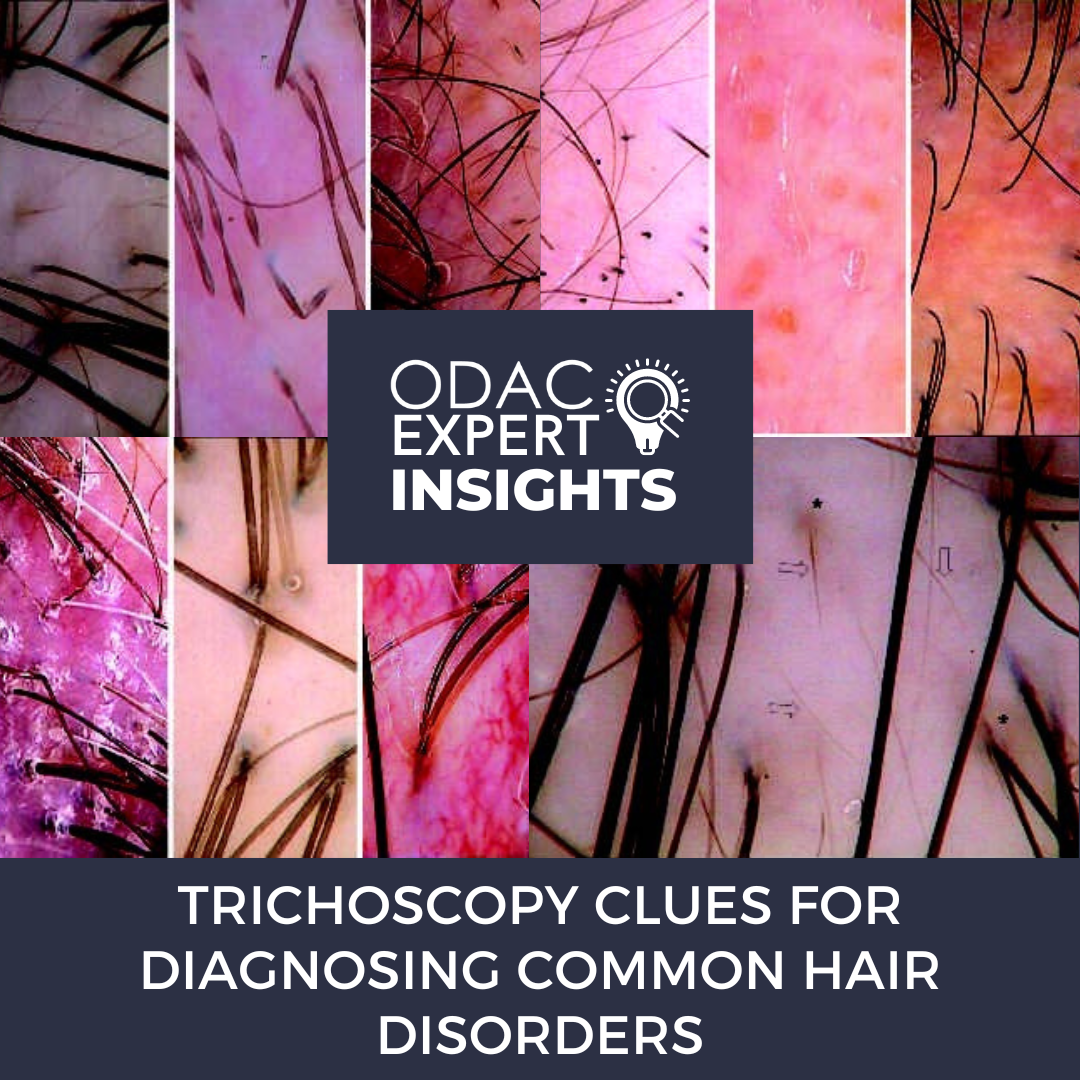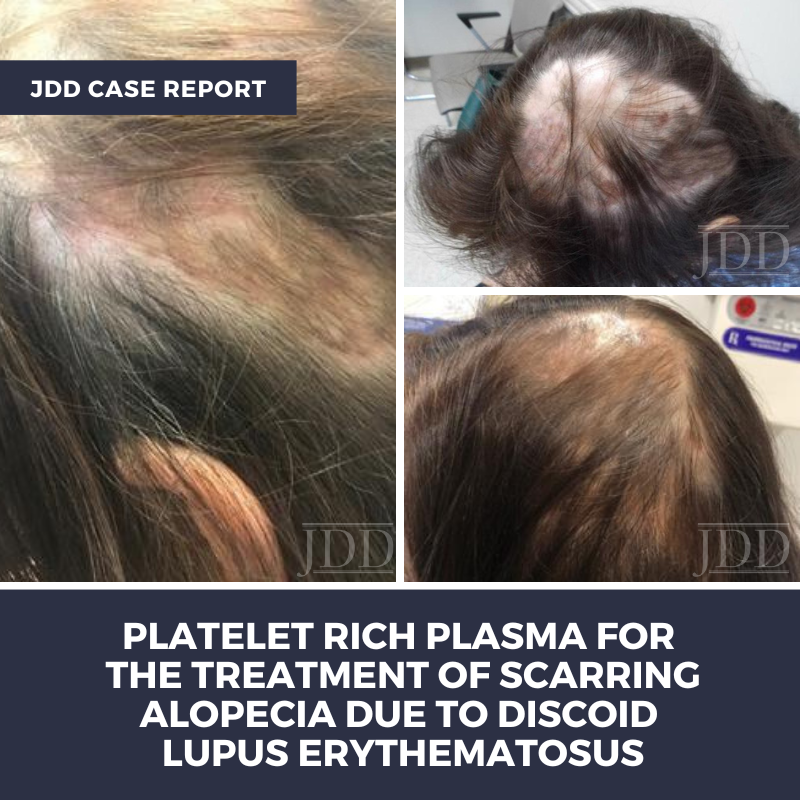Challenging Clinicopathologic Scenarios: Traps to Avoid
 Histopathology can be rendered useless without good clinical information, according to Dr. Olayemi Sokumbi, a dermatologist and dermatopathologist with Mayo Clinic. Next Steps in Derm, in partnership with ODAC Dermatology, Aesthetic & Surgical Conference, interviewed Dr. Sokumbi about traps to avoid in challenging clinicopathologic scenarios. Learn how not to miss a diagnosis of dermatomyosit …
Histopathology can be rendered useless without good clinical information, according to Dr. Olayemi Sokumbi, a dermatologist and dermatopathologist with Mayo Clinic. Next Steps in Derm, in partnership with ODAC Dermatology, Aesthetic & Surgical Conference, interviewed Dr. Sokumbi about traps to avoid in challenging clinicopathologic scenarios. Learn how not to miss a diagnosis of dermatomyosit …
 Histopathology can be rendered useless without good clinical information, according to Dr. Olayemi Sokumbi, a dermatologist and dermatopathologist with Mayo Clinic. Next Steps in Derm, in partnership with ODAC Dermatology, Aesthetic & Surgical Conference, interviewed Dr. Sokumbi about traps to avoid in challenging clinicopathologic scenarios. Learn how not to miss a diagnosis of dermatomyosit …
Histopathology can be rendered useless without good clinical information, according to Dr. Olayemi Sokumbi, a dermatologist and dermatopathologist with Mayo Clinic. Next Steps in Derm, in partnership with ODAC Dermatology, Aesthetic & Surgical Conference, interviewed Dr. Sokumbi about traps to avoid in challenging clinicopathologic scenarios. Learn how not to miss a diagnosis of dermatomyosit … Continue reading "Challenging Clinicopathologic Scenarios: Traps to Avoid"


 Trichoscopy is a handy dermoscopic tool that can be used at the bedside to diagnose multiple hair diseases. However, these hair diseases may be challenging to diagnose by the untrained eye. Fortunately, we had the opportunity to train these skills at ODAC 2023 with hair expert and dermatologist Dr. Amy McMichael, Professor of Dermatology at Wake Forest University. We will review the essentials of …
Trichoscopy is a handy dermoscopic tool that can be used at the bedside to diagnose multiple hair diseases. However, these hair diseases may be challenging to diagnose by the untrained eye. Fortunately, we had the opportunity to train these skills at ODAC 2023 with hair expert and dermatologist Dr. Amy McMichael, Professor of Dermatology at Wake Forest University. We will review the essentials of …  The April issue of the Journal of Drugs in Dermatology (JDD) includes the perfect blend of original articles, features, and case reports, with topics ranging from hormonal therapy in hidradenitis suppurativa, private equity in dermatology, vitiligo and its associated comorbidities, novel topical products for facial dyschromia, and many more. Check out this month’s issue highlights straight …
The April issue of the Journal of Drugs in Dermatology (JDD) includes the perfect blend of original articles, features, and case reports, with topics ranging from hormonal therapy in hidradenitis suppurativa, private equity in dermatology, vitiligo and its associated comorbidities, novel topical products for facial dyschromia, and many more. Check out this month’s issue highlights straight …  JDD authors Hannah Polster MD, Karen Kagha MD, and Janiene Luke MD report a case of platelet rich plasma for the treatment of scarring alopecia due to discoid lupus erythematosus.
Platelet-rich plasma (PRP) is an autologous concentration of plasma from a patient's blood containing platelets up to 7 times higher than normal plasma.1 Originally indicated to improve connective tissue regeneratio …
JDD authors Hannah Polster MD, Karen Kagha MD, and Janiene Luke MD report a case of platelet rich plasma for the treatment of scarring alopecia due to discoid lupus erythematosus.
Platelet-rich plasma (PRP) is an autologous concentration of plasma from a patient's blood containing platelets up to 7 times higher than normal plasma.1 Originally indicated to improve connective tissue regeneratio …  The March 2022 issue of the Journal of Drugs in Dermatology (JDD) includes the perfect blend of original articles, case reports, and editorials. With topics ranging from acne and psoriasis to Platelet Rich Plasma (PRP) for scarring alopecia and racial differences and their impact on treatment for hidradenitis suppurativa, we share this month’s issue highlights straight from the JDD Editor’s de …
The March 2022 issue of the Journal of Drugs in Dermatology (JDD) includes the perfect blend of original articles, case reports, and editorials. With topics ranging from acne and psoriasis to Platelet Rich Plasma (PRP) for scarring alopecia and racial differences and their impact on treatment for hidradenitis suppurativa, we share this month’s issue highlights straight from the JDD Editor’s de …